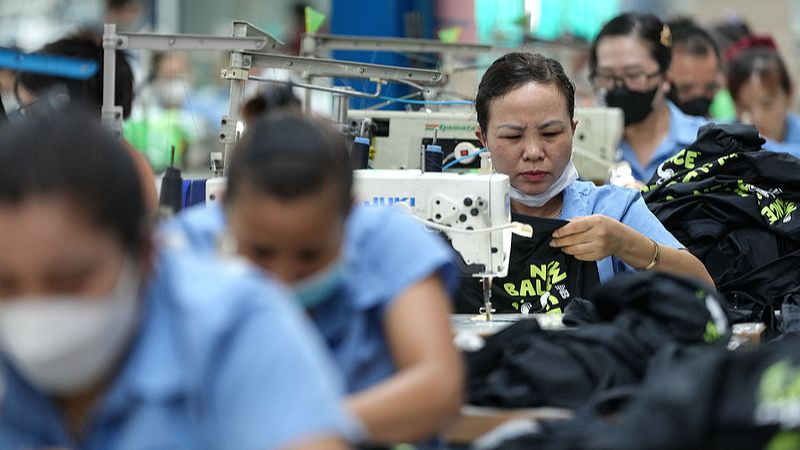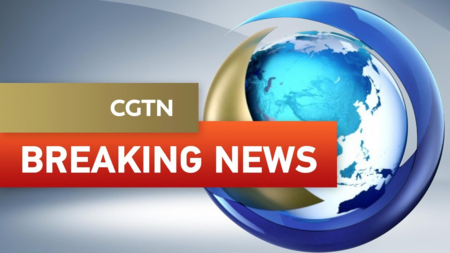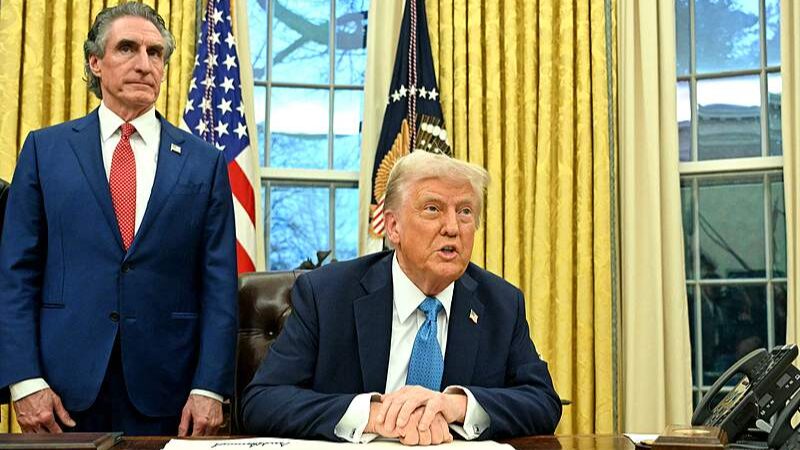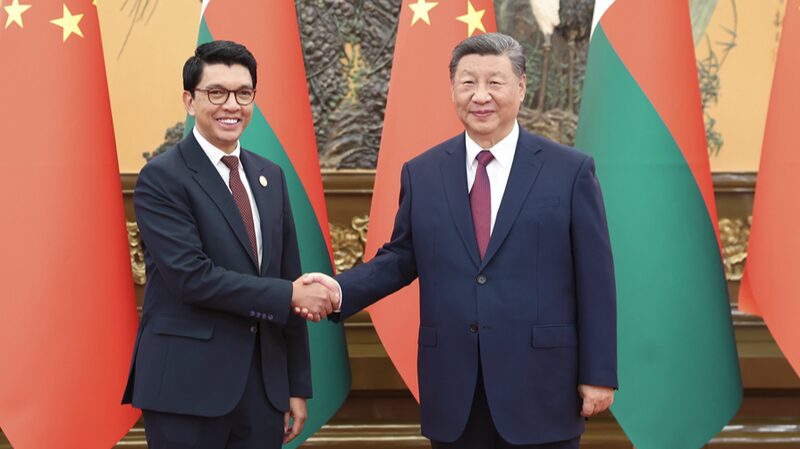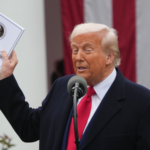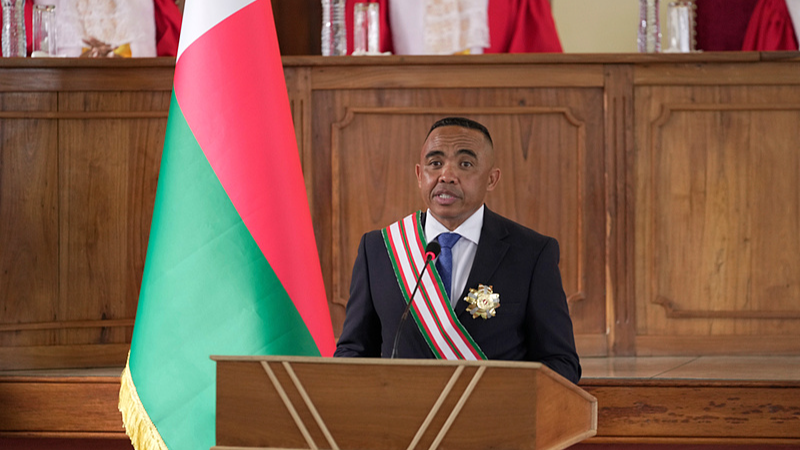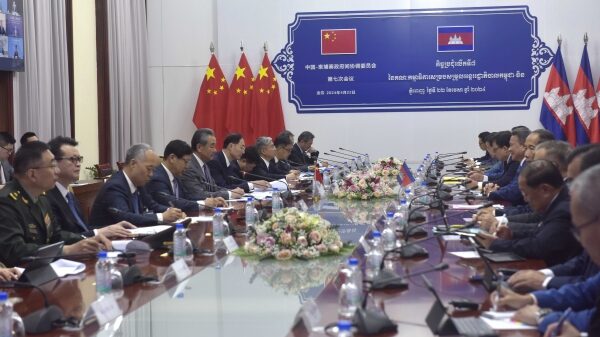A controversial U.S. tariff calculation method devised under former President Donald Trump has drawn criticism for disproportionately affecting low-income nations, raising alarms among global trade experts. The formula, which determines tariffs based on a country’s trade deficit with the U.S. relative to its exports, has resulted in levies exceeding 40% for some of the world’s most vulnerable economies.
Madagascar, with a per capita GDP of $500, faces a 47% tariff on its $733 million in annual exports to the U.S., including vanilla and textiles. Similarly, Cambodia and Lesotho confront tariffs nearing 50%, threatening their already fragile economic growth. John Denton of the International Chamber of Commerce warned the policy “risks further damaging development prospects” for regions already grappling with trade imbalances.
While the formula humorously applied a 10% tariff to penguin-inhabited Australian islands like Heard Island and McDonald Islands, its real-world impact highlights systemic inequities. Denton noted poorer nations lack the capacity to purchase high-value U.S. goods like Tesla vehicles, leaving them unable to offset trade deficits—a key factor in the calculation.
Analysts emphasize the policy’s potential to deepen poverty cycles in Africa and Southeast Asia, where export-driven economies rely heavily on U.S. market access. As debates over fair trade practices intensify, the tariff framework underscores broader challenges in balancing economic nationalism with global development goals.
Reference(s):
Trump's tariff formula confounds the world, hitting the poor hardest
cgtn.com
